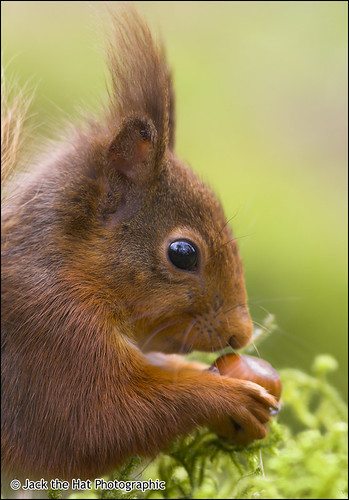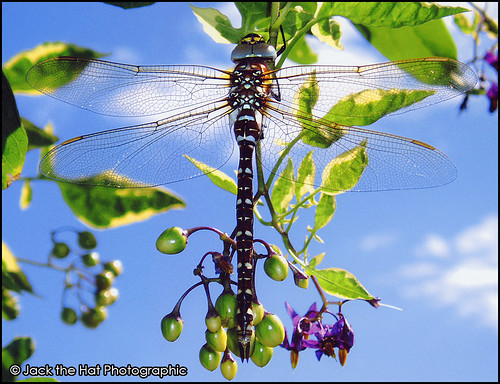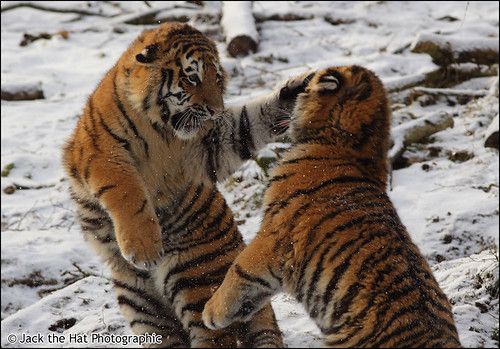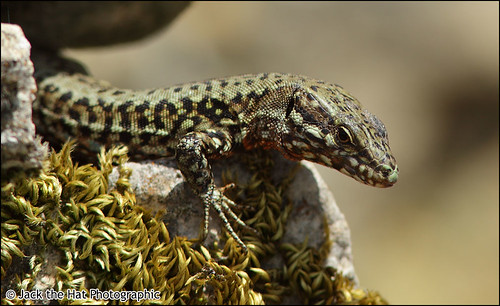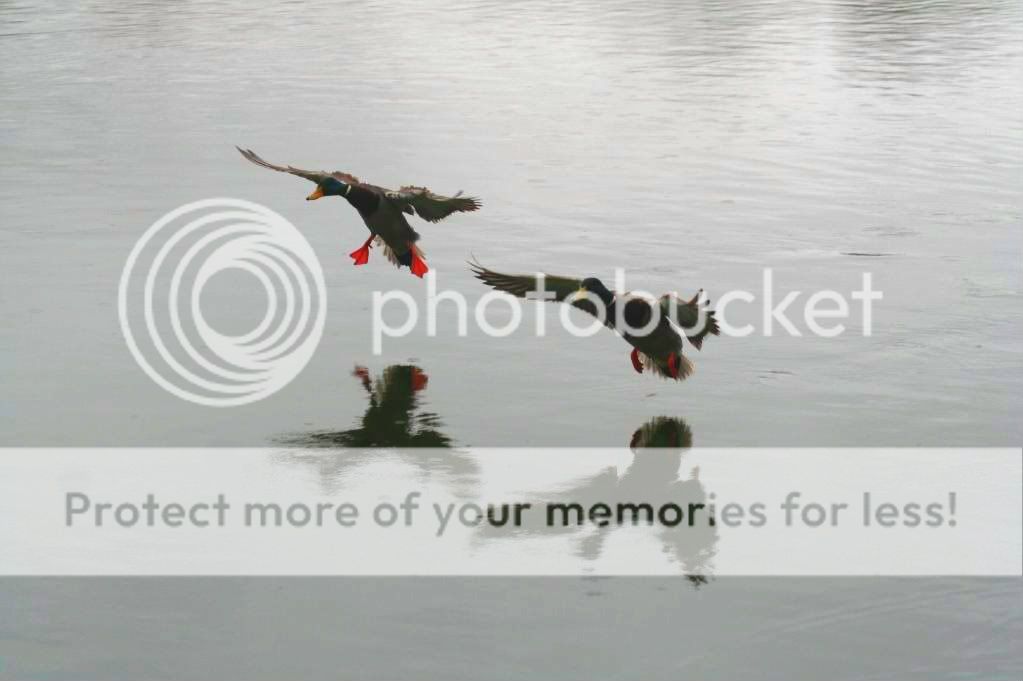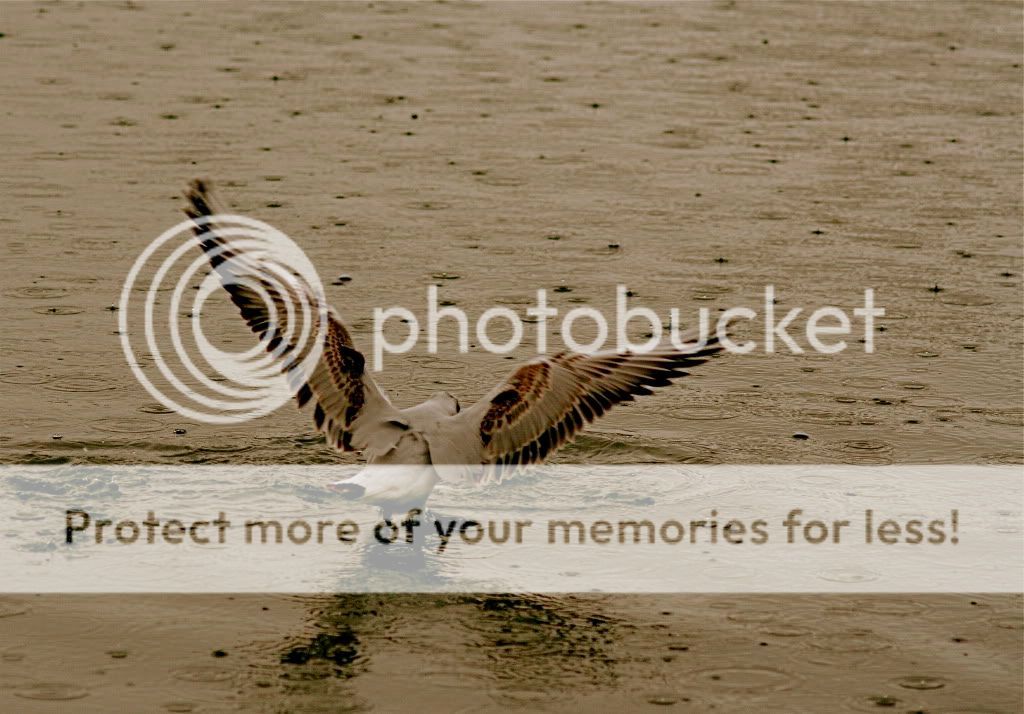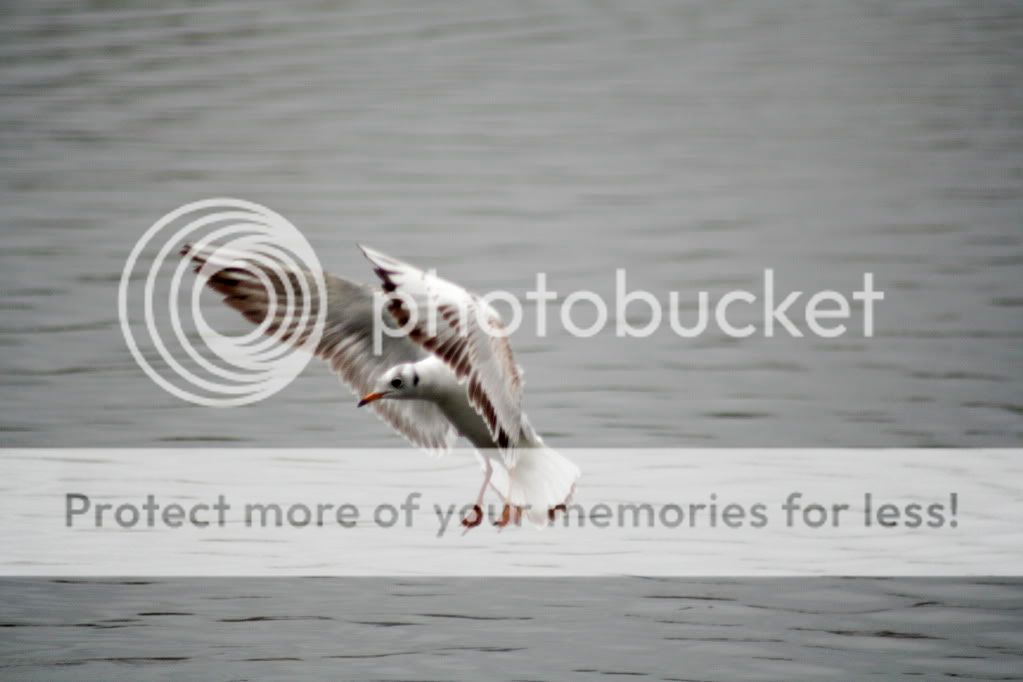A member here asked how I go about getting pictures so I thought I would let the cat out of the bag.
I must be the first to admit that I am only a hobby photographer. My pictures are mostly taken with a starter level digital SLR made by Nikon. I just use the wide range lens that came with the camera because specialist lenses are so darned expensive. My camera is a simple to operate D80 model. It is basically the same camera as a D40 but has some minor enhancements that I was willing to pay for.
Let's explore how I go about getting a picture. The first thing I do is back up a bit from the tank. I know full well that a closeup can be clearer than a distant picture but the focal distance is not quite as critical when you are 3 feet away as when you are only a foot away. Next, I use the mechanical zoom that my lens has, digital zoom is useless since I can use my picture editor later to crop the picture, which is all a digital zoom does. Now comes the really technical part, clean the darned glass so we are not trying to look through any algae or other distractions. A single water drop on the outside of the glass can ruin an otherwise brilliant picture. Glass on the tank, acrylic for people with expensive tanks, can reflect tons of light right back at your lens. There are two things you can do about that. The first is to take pictures with the room lights off and the tank lights on. That gets rid of most of the pictures of the photographer in the reflection. The next thing you can do is shoot at an angle so the flash is reflected off to one side, not back at your lens. Now start to think about the light you are seeing through your viewfinder, I never did get used to using a digital display instead. When my view shows me some shadowy fish with a light behind them, I need to wait for them to move before taking the picture. No amount of image correction can overcome a poorly lit subject with a bright background. You want to find your fish far enough behind the light source that they are well lit.
My technique may not work for everyone but one of the first physical things I do to the camera is turn off the auto focus. When I leave it turned on, I inevitably find it has focused perfectly on the glass or one of the background plants. So now you have a picture of me acting like I know how to do things and sitting in the dark in front of a lit tank, with one hand on the focus ring, my eye to the viewfinder and the other hand supporting the camera and poised to snap a shot. Now I watch the fish in the viewfinder and focus in and out as the fish move while trying to follow them around the tank. If they hesitate for even a moment, I shoot a picture. With no cost of developing film, I have no concerns about shooting 100 shots to get one or two worth having.
Once I have a few hundred shots of a few tanks in the camera memory, it is time for the next step. I dump all of the pictures into my PC and open each one to examine it. If it has promise, I try the auto-correct function. I seldom like the results but it tells me whether or not there is anything worth salvaging from the picture. If things look hopeful, I find my usual path to success is in adjusting only the brightness / color density of the picture. For me that means selecting the adjustment field that says mid-range only and adding 20 points or so to the value in the box. That almost always gives me an apparent exposure that I like. (I have no idea why the camera couldn't just always shoot 20 points brighter but it doesn't) The next step is dealing with the fact that the fish I wanted to shoot is off to one side or in a corner of the picture. I use the edit function again to crop the picture to what I had intended to shoot. If things are still going well, I resize the picture to a mere 800 x 600 picture before uploading it to photobucket. That way it doesn't blow out the forum sides where I post it and people with dial up only need to spend 2 or 3 minutes waiting for the picture to load. By this time the file is often less than a megabyte in size so it doesn't take forever to load. When I was done cropping it was often over 2 megabytes and when it has been properly enhanced and not yet cropped 5 or 6 megabytes is not unusual. The end result of all this manipulation is clear enough pictures for a screen display without a huge file that people need to open. A few examples of different situations:
How about a golden teddy male in action, at a full length of just over an inch, call it about 3 cm.

Mow for a bit of a stretch. Let's try a newborn Limia perugia. At less than 1 cm long this was not an easy picture to get.

How about a bigger topic at about 20 feet, 6 meters, distance but using the zoom. A young harbor seal that I spotted on the beach.

A nice big fish for an example. How about a Herotilapia mutispinosa, rainbow cichlids, at a maximum size of 5 inches but most of these closer to about 4 inches. The plants in the picture are the tank background and some silk plants. There are never live plants in a tank with these vegetarians, they will not allow it.

Now the smallest of those fish guarding some fry while displaying the black bottom half of the body, breeding colors. In the picture there are a few of the 0.5 cm fry that it is guarding. Try looking closely again, they are really there.
I never did get a decent picture of the adult with fry. Nobody would hold still for it and the adult kept moving the fry out of sight while I was trying to shoot.

I must be the first to admit that I am only a hobby photographer. My pictures are mostly taken with a starter level digital SLR made by Nikon. I just use the wide range lens that came with the camera because specialist lenses are so darned expensive. My camera is a simple to operate D80 model. It is basically the same camera as a D40 but has some minor enhancements that I was willing to pay for.
Let's explore how I go about getting a picture. The first thing I do is back up a bit from the tank. I know full well that a closeup can be clearer than a distant picture but the focal distance is not quite as critical when you are 3 feet away as when you are only a foot away. Next, I use the mechanical zoom that my lens has, digital zoom is useless since I can use my picture editor later to crop the picture, which is all a digital zoom does. Now comes the really technical part, clean the darned glass so we are not trying to look through any algae or other distractions. A single water drop on the outside of the glass can ruin an otherwise brilliant picture. Glass on the tank, acrylic for people with expensive tanks, can reflect tons of light right back at your lens. There are two things you can do about that. The first is to take pictures with the room lights off and the tank lights on. That gets rid of most of the pictures of the photographer in the reflection. The next thing you can do is shoot at an angle so the flash is reflected off to one side, not back at your lens. Now start to think about the light you are seeing through your viewfinder, I never did get used to using a digital display instead. When my view shows me some shadowy fish with a light behind them, I need to wait for them to move before taking the picture. No amount of image correction can overcome a poorly lit subject with a bright background. You want to find your fish far enough behind the light source that they are well lit.
My technique may not work for everyone but one of the first physical things I do to the camera is turn off the auto focus. When I leave it turned on, I inevitably find it has focused perfectly on the glass or one of the background plants. So now you have a picture of me acting like I know how to do things and sitting in the dark in front of a lit tank, with one hand on the focus ring, my eye to the viewfinder and the other hand supporting the camera and poised to snap a shot. Now I watch the fish in the viewfinder and focus in and out as the fish move while trying to follow them around the tank. If they hesitate for even a moment, I shoot a picture. With no cost of developing film, I have no concerns about shooting 100 shots to get one or two worth having.
Once I have a few hundred shots of a few tanks in the camera memory, it is time for the next step. I dump all of the pictures into my PC and open each one to examine it. If it has promise, I try the auto-correct function. I seldom like the results but it tells me whether or not there is anything worth salvaging from the picture. If things look hopeful, I find my usual path to success is in adjusting only the brightness / color density of the picture. For me that means selecting the adjustment field that says mid-range only and adding 20 points or so to the value in the box. That almost always gives me an apparent exposure that I like. (I have no idea why the camera couldn't just always shoot 20 points brighter but it doesn't) The next step is dealing with the fact that the fish I wanted to shoot is off to one side or in a corner of the picture. I use the edit function again to crop the picture to what I had intended to shoot. If things are still going well, I resize the picture to a mere 800 x 600 picture before uploading it to photobucket. That way it doesn't blow out the forum sides where I post it and people with dial up only need to spend 2 or 3 minutes waiting for the picture to load. By this time the file is often less than a megabyte in size so it doesn't take forever to load. When I was done cropping it was often over 2 megabytes and when it has been properly enhanced and not yet cropped 5 or 6 megabytes is not unusual. The end result of all this manipulation is clear enough pictures for a screen display without a huge file that people need to open. A few examples of different situations:
How about a golden teddy male in action, at a full length of just over an inch, call it about 3 cm.

Mow for a bit of a stretch. Let's try a newborn Limia perugia. At less than 1 cm long this was not an easy picture to get.

How about a bigger topic at about 20 feet, 6 meters, distance but using the zoom. A young harbor seal that I spotted on the beach.

A nice big fish for an example. How about a Herotilapia mutispinosa, rainbow cichlids, at a maximum size of 5 inches but most of these closer to about 4 inches. The plants in the picture are the tank background and some silk plants. There are never live plants in a tank with these vegetarians, they will not allow it.

Now the smallest of those fish guarding some fry while displaying the black bottom half of the body, breeding colors. In the picture there are a few of the 0.5 cm fry that it is guarding. Try looking closely again, they are really there.
I never did get a decent picture of the adult with fry. Nobody would hold still for it and the adult kept moving the fry out of sight while I was trying to shoot.








